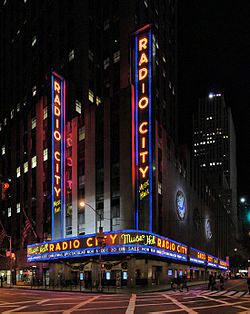Thursday began the start of the seven day festival of Kwanzaa, a celebration of Black family, culture and community, that features traditional food, music, dance, story telling and a lighting of symbolic candles each of the seven days.
The folks at Huffington Post put together a video that explains the festival and it core precepts.
Principles and symbols
Kwanzaa celebrates what its founder called the seven principles of Kwanzaa, or Nguzo Saba (originally Nguzu Saba-the seven principles of African Heritage), which Karenga said “is a communitarian African philosophy,” consisting of what Karenga called “the best of African thought and practice in constant exchange with the world.” These seven principles comprise *Kawaida, a Swahili term for tradition and reason. Each of the seven days of Kwanzaa is dedicated to one of the following principles, as follows:
Umoja (Unity): To strive for and to maintain unity in the family, community, nation, and race.
Kujichagulia (Self-Determination): To define ourselves, name ourselves, create for ourselves, and speak for ourselves.
Ujima (Collective Work and Responsibility): To build and maintain our community together and make our brothers’ and sisters’ problems our problems, and to solve them together.
Ujamaa (Cooperative Economics): To build and maintain our own stores, shops, and other businesses and to profit from them together.
Nia (Purpose): To make our collective vocation the building and developing of our community in order to restore our people to their traditional greatness.
Kuumba (Creativity): To do always as much as we can, in the way we can, in order to leave our community more beautiful and beneficial than we inherited it.
Imani (Faith): To believe with all our hearts in our people, our parents, our teachers, our leaders, and the righteousness and victory of our struggle.
Kwanzaa symbols include a decorative mat (Mkeka) on which other symbols are placed, corn (Muhindi) and other crops, a candle holder kinara with seven candles (Mishumaa Saba), a communal cup for pouring libation (Kikimbe cha Umoja), gifts (Zawadi), a poster of the seven principles, and a black, red, and green flag. The symbols were designed to convey the seven principles.[8]


 On this day in 1932,
On this day in 1932,